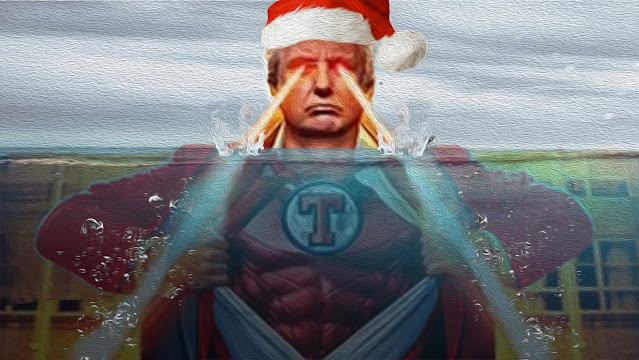Search This Blog
We are in a crisis in the evolution of human society. It’s unique to both human and geologic history. It has never happened before and it can’t possibly happen again. Albert Bates, author of The Financial Collapse Survival Guide and Cookbook, brings you along on his personal journey.
Posts
Showing posts from December, 2022
A Science Bomb Cyclone for the New Year
- Get link
- X
- Other Apps
Professor Cobblepot's Marvelous Final Engagement in the Freeverse Theater State
- Get link
- X
- Other Apps
Who is the Sam Bankman-Fried of the Biodiversity Loss Space?
- Get link
- X
- Other Apps
The Noisy Winter before the Silent Spring
- Get link
- X
- Other Apps



